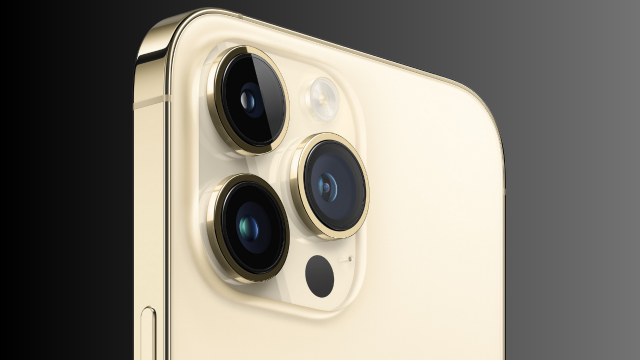It has been widely reported that the iPhone 15 will be the first Apple phone to feature USB-C, but it might not all be as simple as switching to the new plug. Apple loves keeping its customers in a walled garden, and with the USB-C plug, the iPhone 15 is expected to break tradition. Could Apple, somehow, work in a way to keep its users buying specific USB-C cables? And is it likely that, like with other hardware updates, USB-C models could be limited to specific markets, and not come to Australia?
We’ve been following the iPhone 15’s leaks and rumours for more than a year (as we did with the iPhone 14), and over the whole year, the major hardware change that has been expected is the switch to USB-C. Of course, the switch has been a long time coming – Apple hasn’t changed the iPhone’s charging port in 11 years – meanwhile, Samsung switched from the slower Micro USB connector to USB-C back in 2016 (with the Galaxy Note 7), with many major phone lines progressing from Mini USB, to Micro USB, to USB-C over the past 15 years (Google’s Pixel range has always shipped with USB-C, since it debuted in 2016).
But it’s not just because the Lightning port is older and slower than USB-C that Apple may be switching. It’s also because of legislation in the European Union. From December 2024, phones, headphones, and tablets sold in the European Union will need to be fitted with a USB-C port – which means Apple could technically skip the switch with the iPhone 15, but come the iPhone 16, it’d likely be a bit more difficult for the company.
We know that Apple will comply with this mandate in the European Union, as confirmed by an Apple executive, but it has exposed questions about first-party chargers and separate models depending on the market.
Common charger adopted 🔌👏@EUCouncil has given its final approval to the common charger directive.
— EU Council Press (@EUCouncilPress) October 24, 2022
This means that in 2024, a USB-C port will become mandatory for many electronic devices such as mobile phones 📱, tablets, and headphones 🎧
More 👇
The iPhone 15 may require a special USB-C cable for full functionality. A leak in March indicated that the cable would rely on MFi (Made For iPod) certification for full compatibility – that means, unless you’ve got an MFi-certified cable, which Apple is likely to supply itself, your charging and data transfer speeds may be throttled. Though Apple’s iPad range has featured USB-C functionality for years, those devices have not had an MFi-certified requirement placed on cables for full functionality, so this would be a bit new for the company.
Apple’s own MFi-certified cables may come in the box colour-coded to the iPhone you purchase, so at the very least you’ll have one cable that’s not throttled. The European Union wrote to Apple warning the company that it would be “inadmissible to restrict the interaction with chargers,” but we’ll have to wait until Apple’s USB-C-ready phone is here until we know for sure.
There’s also the other problem of market-specific designs. While the iPhone 15 is expected to sell in Australia, USB-C models could well be limited to the European market. After all, it’s up to individual governments to legislate the use of the charging standard, and while many countries have (including India, Saudia Arabia, and the U.S. state of California, but not the U.S. as a country), it’s entirely likely that Apple could just distribute USB-C-ready iPhones to these markets.
This wouldn’t be entirely unprecedented – in 2022, the iPhone 14 launched in the U.S. as eSIM only, while other markets around the world still had the physical SIM tray present. Additionally, every iPhone 12, 13, and 14 sold in the U.S. supports mmWave, a faster network band for phones, while the technology wasn’t included in other models around the world (if you’re interested, the only phones with mmWave capability in Australia are the Google Pixel 6 Pro and 7 Pro).
We don’t know for certain if the USB-C-ready iPhone 15 will come to Australia, along with the rest of the world outside of the European Union, but we can say that we haven’t seen any leaks or rumours indicating that there would be different charging port models around the world (while we have seen plenty outlining the new phone’s USB-C switch).
It’s expected to be one of the biggest hardware changes for the iPhone since the iPhone X in 2017 (which brought a much larger screen to the range), so it would be a shame if some markets missed out.
